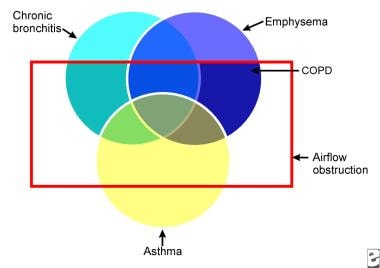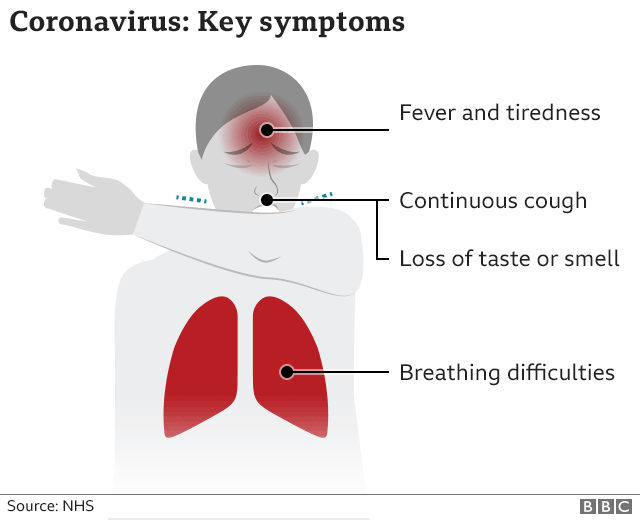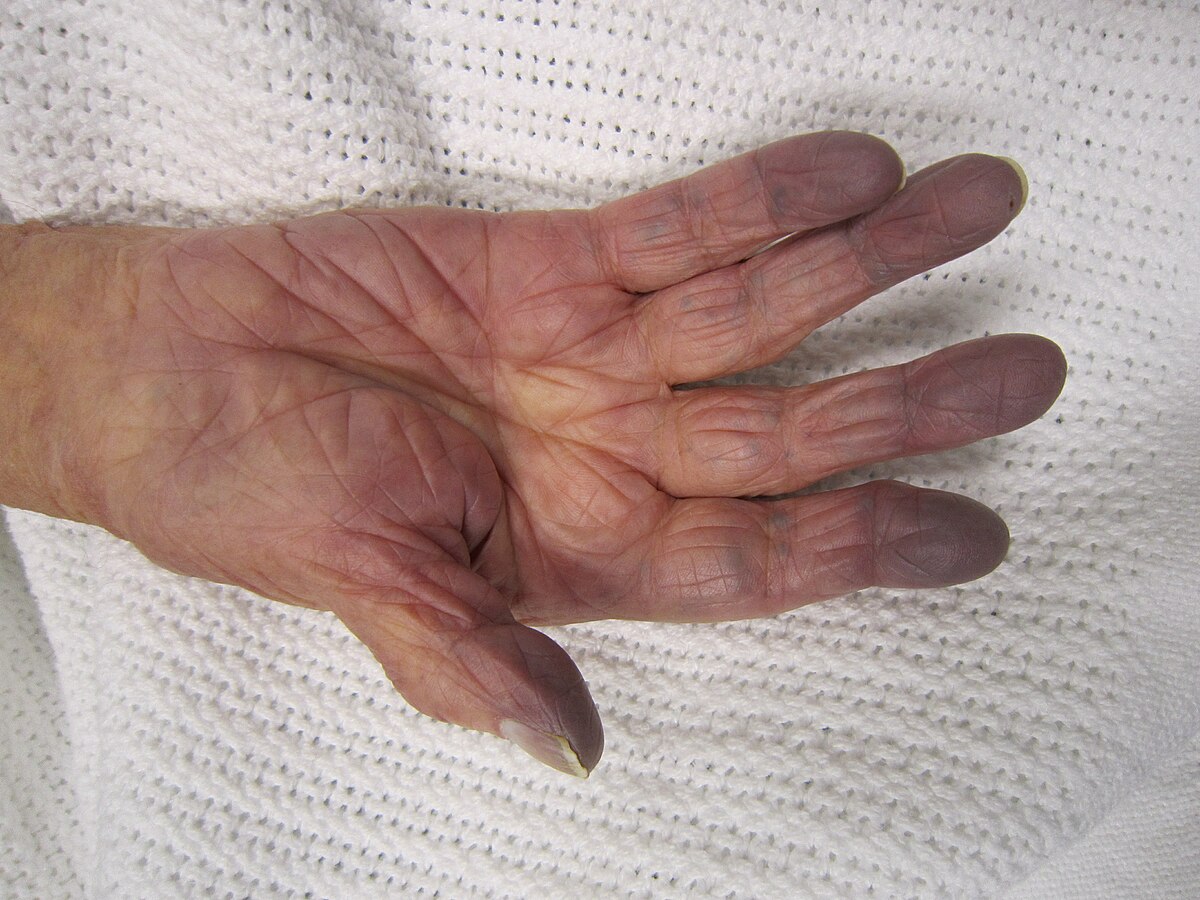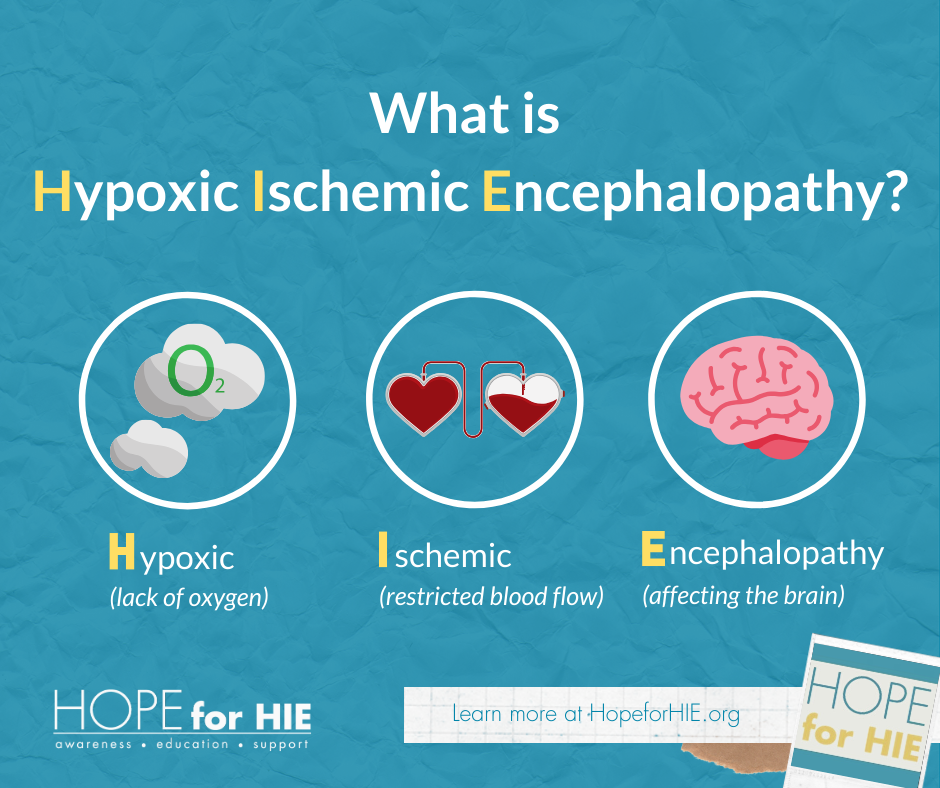Breathing is an involuntary action that our bodies do whether or not were conscious of doing it. Shortness of breath is an uncomfortable condition that makes it difficult to fully get air into your lungs.

Chronic Obstructive Pulmonary Disease Copd Practice
Which of the following means lack of breathing. Labored or difficult breathing. Shortness of breath generally occurs due to infections allergies asthma or other nervous and respiratory disorders. Which of the following means an instrument for recording a. If this condition isnt caused by a medical emergency you might want to try certain. Condition in which excessive mucus is secreted in the bronchi during several months a year for several years in a row. Hypoxia which term means.
Which of the following means lack of breathing. Faster than normal d. Which would be the best order. A patient just had a drink of cold water and you are getting ready to perform the vital signs and measurements. Difficulty in breathing and fatigue are closely related to each other as the latter is a prominent indicator of a person suffering from shortness of breath. Quint gardner a 35 year old established patient is in the office for his annual checkup.
When taking the blood pressure the last sound you hear is the. Lack of breathing b. It is a sign of a variety of disorders and is primarily an indication of inadequate ventilation or of insufficient amounts of oxygen in the circulating blood. Which of the following is important when using a tympanic thermometer. Normal pulse rate c. He says he feels great and he appears to be in good.
Which of the following terms means first pregnancy. Which of the following means lack of breathing. Which would be the best order. That means that we have to actively force ourselves not to breath rather than the other way around. Which of the following means lack of breathing. Your respiration rate the number of times you breathe in a minute is one of the vital signs your doctor checks.
When taking the blood pressure the last sound you hear is the. Breathlessness or shorthess of breath. A patient just had a drink of cold water and you are getting ready to perform the vital signs and measurements. Dyspnea can be symptomatic of a variety of disorders both acute and chronic. Our bodies need oxygen to survive not only to keep us breathing but to circulate oxygen through our blood which then circulates oxygen to all. Attach a disposable sheath and place the thermometer snugly in the ear.




/cdn.vox-cdn.com/uploads/chorus_image/image/66594939/Symptoms.0.jpg)













